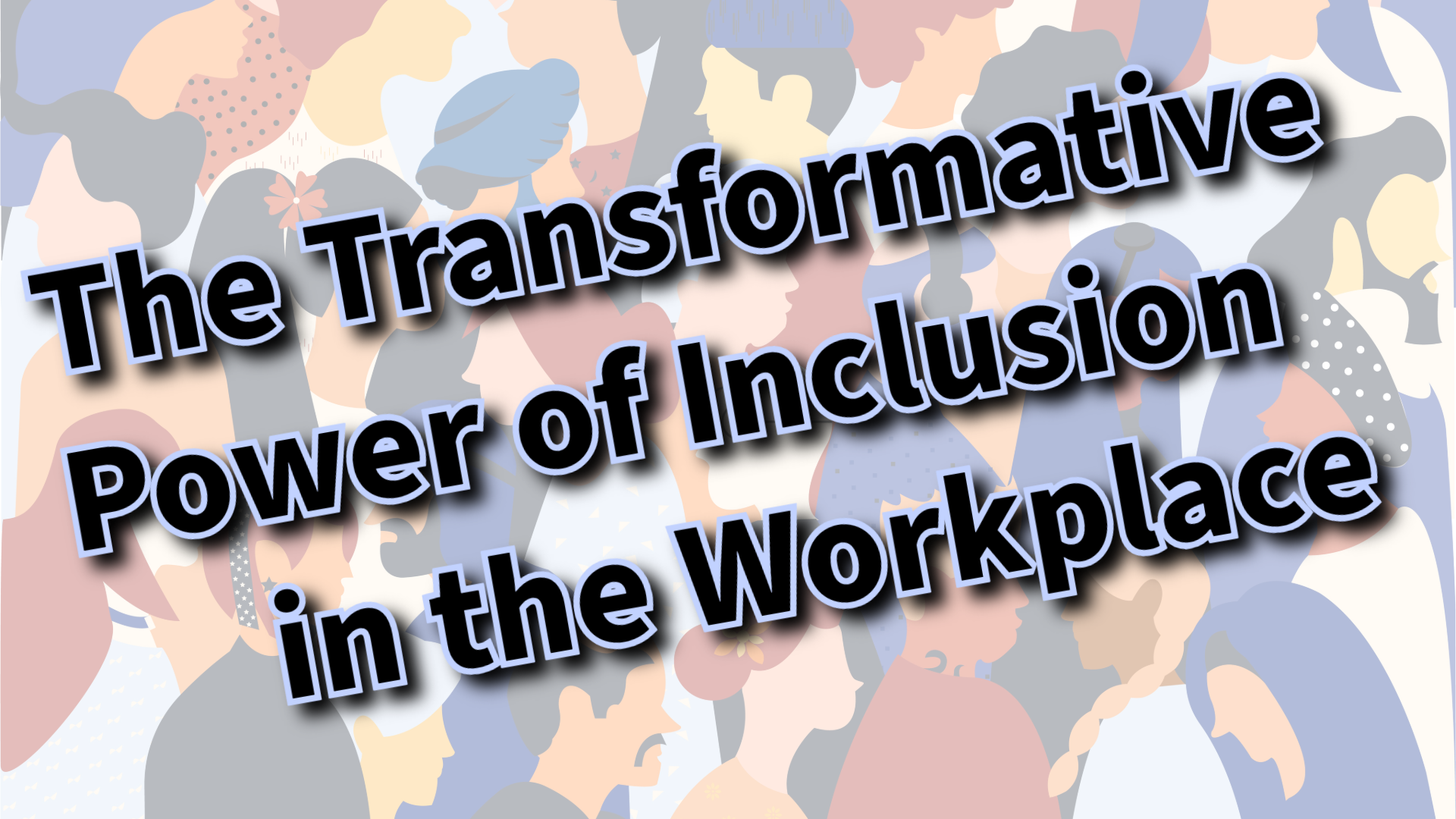
Today’s Morning Buzz is brought to you by Greg LeBlanc, Assistant Town Manager, Town of Snowmass Village, CO. Connect with Greg on LinkedIn.
- What I’m reading: “The Future of the Responsible Company”
- A hobby I enjoy: Photography
- How many hot dogs I can eat in 1 sitting: 9
Inclusion in the workplace has received attention in recent years — and for good reason! Numerous studies have proven that employees feel better about their work and exhibit higher levels of success when they feel included. Other studies have drawn parallels between workplace satisfaction and overall happiness in all aspects of life. It could be said that happy employees experience an overall better quality of life.
Inclusion in the workplace refers to creating an environment where all employees feel valued, respected, and have equal access to opportunities, resources, and advancement. It goes beyond mere diversity (which is about the presence of different groups within the workforce) and focuses on ensuring that every individual can fully participate and contribute to the organization. Local government leaders have the unique opportunity to positively influence the lives of their coworkers. Fostering an inclusive community in the workplace is an important way to make employees (and colleagues) feel like they are engaged and valued members of the organization. Leaders who harness the power of inclusion in the workplace can better support employees and positively influence the lives of those they manage.
The Invitation
Inclusion starts with an invitation for employees to exist in a space created specially for them. Creating space as a local government leader involves fostering an environment where individuals can show up as their true authentic selves, contribute to the conversation, and feel valued. The critical piece for leaders is the invitation.
The invitation to take up space is only as genuine as the leader’s intention. Local government leaders who create space for their employees because they want them to take up space are more inclusive than leaders who allow employees to take up the space that already exists. Consider what each of your staff brings to the table. Perhaps some have a unique skillset. Others may have a family background or life story that has shaped who they are as a person. These human experiences should be considered assets to a team and creating space for the individual allows them to contribute however they may need to.
As local government leaders, we must be careful to not send the message of you can come along, but rather send the message of I want you here. This mindset not only creates space for employees but allows the leaders to bring their team along with them towards a shared goal by engaging team members in the process, empowering them, and fostering a collective sense of ownership and purpose.
Inclusion Beyond the Workplace
A sense of community extends beyond the workplace. For most individuals, personal identity is rooted in several important parts of their lives — occupation, family, hobbies, etc. A person’s identity in the workplace is centered around their occupation, but heavily influenced by their identity outside of the workplace. For example, a financial analyst’s identity in the workplace might center around accountancy, but outside of the workplace this person may have invested time into learning how to write computer code. Recognizing this talent, a leader could create an opportunity for this employee to automate calculations which could reduce the time it takes to generate financial reports.
Similarly, encouraging employees to maintain a healthy balance between their professional and personal lives can contribute to a culture of inclusion. This can help reduce burnout and increase overall productivity and creativity on part of the employee by allowing them to explore other spaces that contribute to their overall well-being.
Look for the Rainbow
We are all familiar with the naïve idealism that the grass is greener on the other side. However, we also know that this notion is paradoxical in nature. Without experiencing the grass on the other side, an individual has nothing to compare their experience to. The temptation of greener grass can be amplified when an employee does not feel valued.
To combat this, leaders can encourage their employees to look for the rainbow. Rainbows are a surprisingly insightful weather phenomenon because they are common enough to occur whenever the conditions exist but are rare enough to only be observed when the viewer is in the right place at the right time. You may see a rainbow every time it rains so when that arc of colors dances across the sky, nearly everyone takes the time to stop and appreciate the spectacle.
There is a notion that sometimes someone is meant to be exactly where they are at that specific point in time. This reality is usually not realized until the person moves into another space and is able to reflect on past experiences. If someone on your team is looking at the grass on the other side, encourage them to look for a rainbow. If they see a rainbow, they are meant to be there. If they do not see one, leaders can work with the employee to explore what conditions need to change before the rainbow reveals itself. A rainbow often appears when an employee can show up as their authentic self and is given the space to tackle challenges using their unique talents. Sometimes, a rainbow never appears, and, in those instances, the rain is surely making the grass greener elsewhere.
By leveraging inclusion in the workplace, local government leaders create a sense of community in the workplace where employees feel engaged, seen, and valued. This collective approach not only enhances team morale but also drives better results and fosters a culture of mutual respect and shared success.
